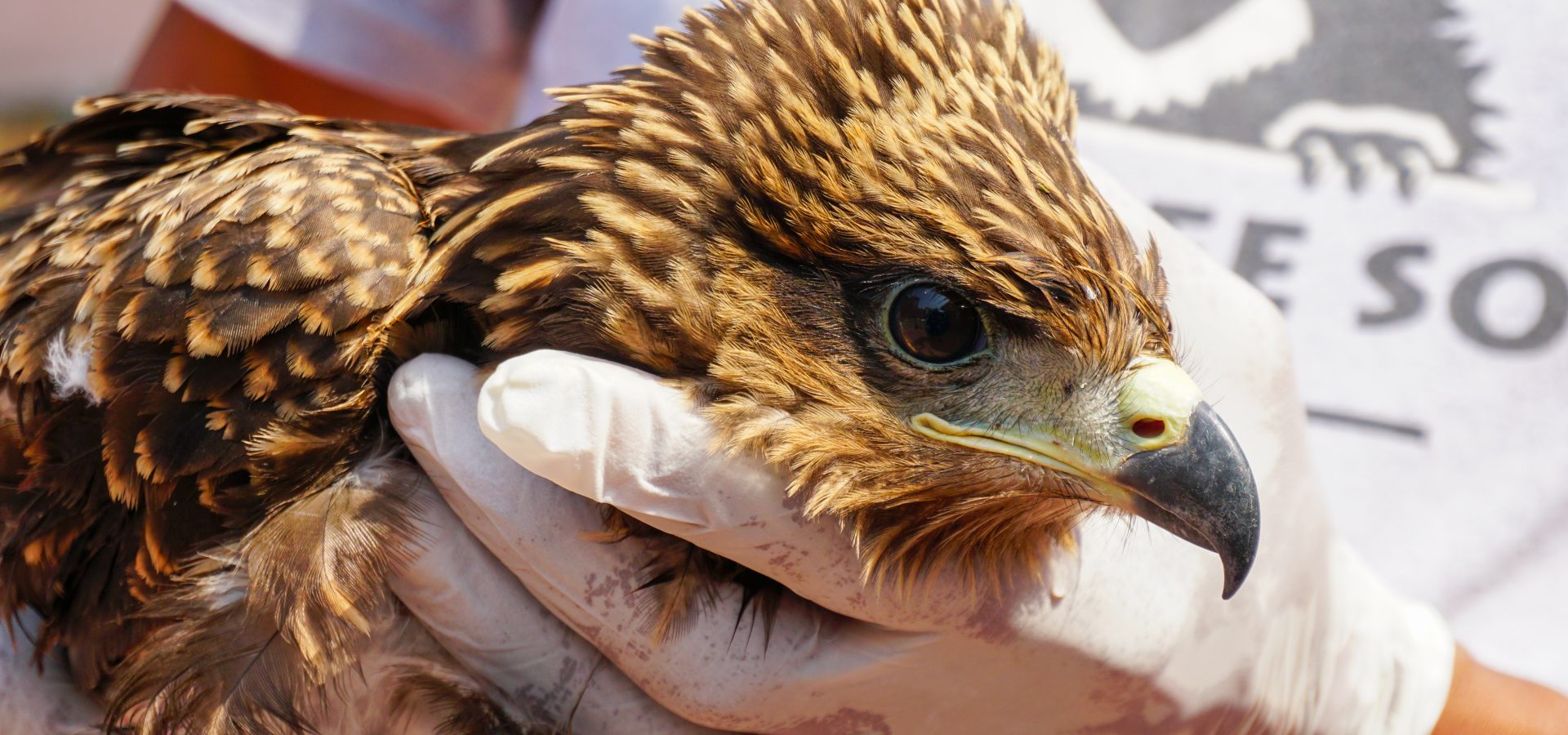Global warming’ has become a buzzword that is used across the media, but what does it really mean for the voiceless mammals, birds and reptiles that suffer the brunt of it? The Earth has heated and cooled several times throughout history, but as per NASA’s paleoclimate record, the current rise in temperatures is unusual. Furthermore, no single species other than Homo sapiens has previously been responsible for such climatic fluctuations.
Climate change and heat waves constitute one of the most pressing consequences of anthropogenic (human-induced) activities. Birds of India are some of the worst affected as temperatures rise to around 45-47 degree celsius around the northern parts of the country. To put this in perspective, these temperatures are nearly half the boiling point of water!
No Respite To Avians
Normally, avifauna have their own ways to cool down. Some birds and especially those accustomed to an aquatic lifestyle, have water in proximity to take a dip in. Some bird species use a method called gular fluttering, which involves vibrations of the upper throat and the thin floor of the mouth. Fluffing feathers help birds dispel warm air from their bodies. Most avians rest amidst dense foliage or soar at heights where the air is cooler.
However, all these measures fail when temperatures reach unprecedented extremities. Higher altitudes make birds more vulnerable to the damaging effects of the searing sun. They frequently collapse from heat strokes when they hover in search of prey and water sources.
Unable to take flight, many of these birds also become easy victims to other animals such as feral dogs, cats, and monkeys. The fledglings and nestlings are extremely sensitive to the sun’s harsh exposure. Our Wildlife SOS Rapid Response Units have rushed to the rescue of many birds in these summer months, most of which suffered from severe dehydration.
Dehydrated Avifauna Rescued in 2023
The months of April and May saw the greatest numbers of avian rescues, especially from Delhi with 121 and 130 birds respectively, marking a stark increase from 57 in March. In Agra, 26 birds were rescued in March, however, the combined number of rescued avifauna in the months of May and June climbed to 88.
In one notable incident from April, a resident of East Delhi spotted a dehydrated barn owl under a water tank in East Delhi. Fortunately, our team got to its location on time to provide aid. The barn owl, like several other birds, has made its home in the city but the urban environment tends to become increasingly perilous during summers. Lack of dense trees for shelter results in frequent dehydration and even accidental collisions for birds of prey.
During summers, our rescue helplines are constantly ringing with calls pertaining to Indian peafowls, black kites, shikras, and rock pigeons, all of which are some of the frequently hit victims of the heatwaves that shroud northern India. Besides that, we have also saved several mynas, green pigeons, parakeets, barbets, ducks, ibises, floricans, Asian koels, and spotted owlets.
Two subadult black kites made news when they crash-landed in the Prime Minister’s Office in May, as soon as the summer season arrived. Officials at the Prime Minister’s Office immediately alerted our Rapid Response Unit. Rushing to the kites’ aid, our team provided drinking water to the thirsty animals and then transferred them to a transit facility.
Not even a week had passed after this rescue that Wildlife SOS was alerted about another dehydrated black kite that had been discovered near the Swedish Embassy. Despite their high adaptability, black kites have been the recurrent victims of heat waves for quite some time.
Reasons Other Than Heat
Lack of hydration and scorching temperatures are primary perils in summers. However, they are not the only issues plaguing birds in highly-populated urban areas during this season. Kite-flying has become a recurrent danger for birds, with the almost-invisible string coated with glass (manjha) injuring and fracturing bird wings.
While birds are most at risk from this during the festival of Makar Sankranti at the beginning of the year, we often receive calls regarding birds wounded from kites even in May. Other injuries occur due to accidental collisions with vehicles or electric wires, and in some cases, birds have been found with eye infection too.
In one incident, an eye infection afflicted a male Indian peafowl who was found wandering in the campus of Indian Institute of Technology, Delhi in the month of May. Upon receiving a call from a concerned professor, we rescued the peafowl and provided it with urgent medical care.
Another similar incident occurred in June, when a distress call was received from the residence of the Hon. Finance Minister Smt. Nirmala Sitharaman in New Delhi. A fledgling of the red-wattled lapwing was found within the premises. The Wildlife SOS Rapid Response Unit was quick to reach and an examination revealed that one of its eyes was infected.
Wildlife SOS has also saved other juvenile birds during the summer months, including the recent rescue of a clutch of peacock chicks.
What Can You Do For Birds?
While bringing global temperatures under control is a collective and long-term process, one can help local avifauna of their immediate vicinity. Putting out fresh, clean water in earthen vessels goes a long way for birds needing frequent sips and dips to beat the heat. Another option is to install quick DIY birdhouses using organic materials to offer them cool shelter from the sun.
In case you come across a dehydrated or injured baby bird, it is important to first check at what stage of infancy it is before touching it with your bare hands. If a bird is lying in an area with heavy traffic, try to relocate it to a safer place gently. Call your nearest animal rescue helpline, and in case you are based out of the following cities, reach out to our 24X7 Rapid Response Unit helplines below!
Delhi NCR: +91-9871963535
Agra, Uttar Pradesh: +91-9917109666
Vadodara, Gujarat: +91-9825011117
Jammu and Kashmir: +91-7006692300/ +91-9419778280





